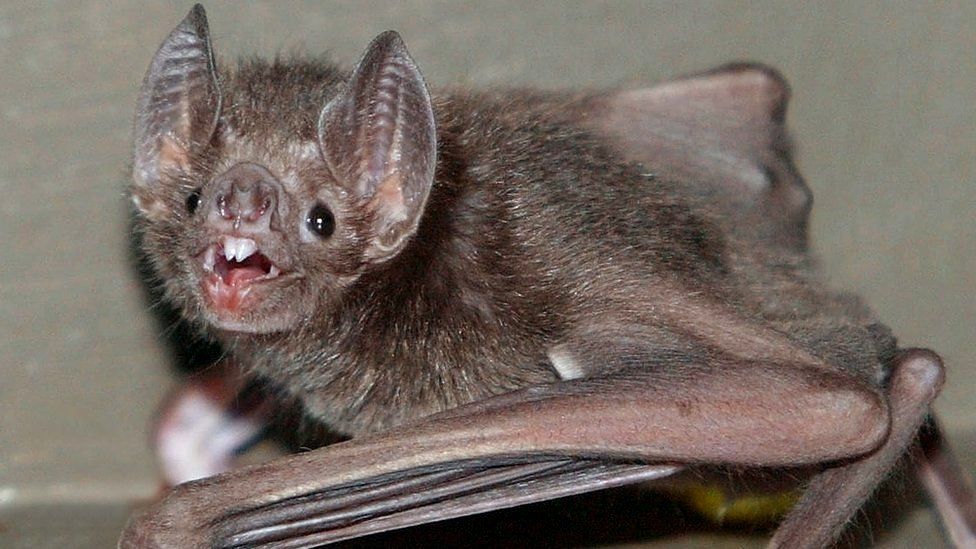
A new study shows that vampire bats prefer to feast on blood with their friends. Just like how we like sharing a good drink or meal with our buddies.
Vampire bats enjoy sharing a ‘drink’ with friends

A new scientific study revealed that vampire bats form social bands which come to play while obtaining their food. Scientists found that they are more likely to share a blood meal with their friends than with strangers. Simon Ripperger from Berlin’s Museum für Naturkunde and Gerald Carter, an evolutionary biologist from the Ohio State University came to this conclusion based on previous research. It is highly fascinating that they form long-term bonds with others.
However, until now, it was unknown if the social bonds come to play while hunting. The old study involved tracking the movement of 50 female bats with the help of tiny computers. “Even besides their social lives, vampire bats are quite special: specializing in a diet of 100% blood is already quite rare among vertebrates. They are amazing runners, which you wouldn’t expect in a bat. Additionally, they have heat sensors in their snouts that help them find a spot to take a bite. They have a protein in their saliva that prevents blood from coagulation, which is actually being used in medical trials to help prevent blood clots in patients who suffered a stroke,” he added.
Good friends and fresh blood is all these bats need

Ripperger and carter found that although ‘buddy bats’ don’t go hunting together, they are more likely to share food if they bump into each other in the wild. Moreover, the chance of the same situation occurring with stranger bats is very low. “Each bat maintains its own network of close cooperative social bonds. This study opens up an exciting new window into the social lives of these animals,” said Carter.
“People’s first reaction to vampire bats is usually, ‘Uh, scary.’ But once you tell them about their complex social lives, they are quite surprised that we can find such behavior that is somewhat similar to what humans do – and which one would maybe expect in primates – in bats,” added Ripperger. The researchers believe that this survival mechanism merged with evolution. Opening a fresh wound takes a considerably long time. However, if a known bat is already feeding and ready to share, the saved energy will be used for other tasks.





